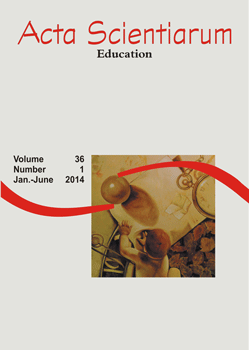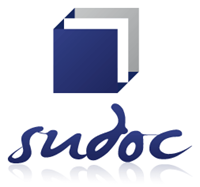<b>Bonaventure: education for beauty in the knowledge of the world and of God </b> - doi: 10.4025/actascieduc.v36i1.22268
Abstract
In the Middle Ages, the increasing autonomy on the nature of Beauty may be defined by three aspects that underscore the speculative approach on the concept: first, the Neoplatonic root in strict relationship with the Good (kalon); second, the Augustinian approach with its relationship between species and order, the factors that shine in created Beauty from the original divine source; third, the interpretation that predominated within Scholasticism and which gave to Beauty its transcendental beauty and established an intellectual distinction between the pulchrum and the bonum. Current research analyzes St Bonaventure´s position on the three perspectives and foregrounds the elaboration of the concept as from ‘light’ as a substantial form which traces a transcendental pedagogical scheme in which concepts and light bring accession modes to the knowledge of the world and its divine causal origin.
Downloads

This work is licensed under a Creative Commons Attribution 4.0 International License.
DECLARATION OF ORIGINALITY AND COPYRIGHTS
I declare that this article is original and has not been submitted for publication in any other national or international journal, either in part or in its entirety.
The copyright belongs exclusively to the authors. The licensing rights used by the journal are the Creative Commons Attribution 4.0 (CC BY 4.0) license: sharing (copying and distributing the material in any medium or format) and adaptation (remixing, transforming, and building upon the material thus licensed for any purpose, including commercial purposes) are permitted.
It is recommended that you read this link for more information on the subject: providing credits and references correctly, among other crucial details for the proper use of the licensed material.














































